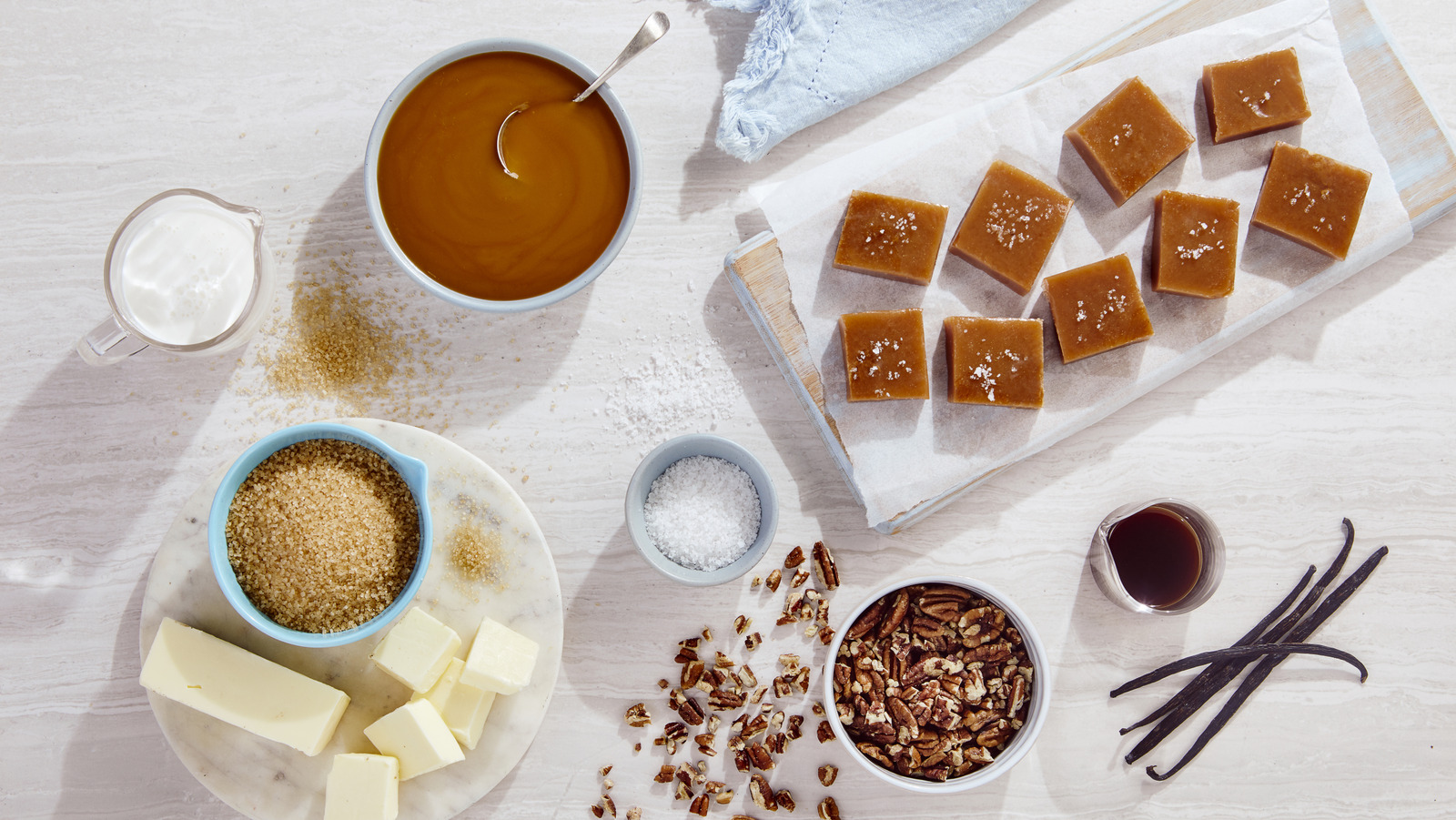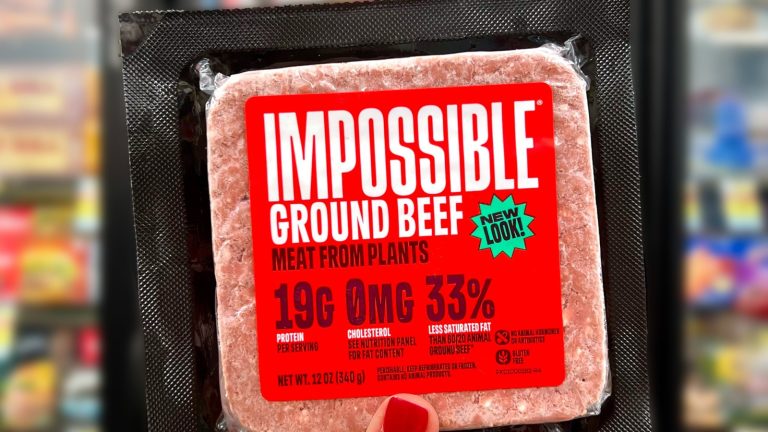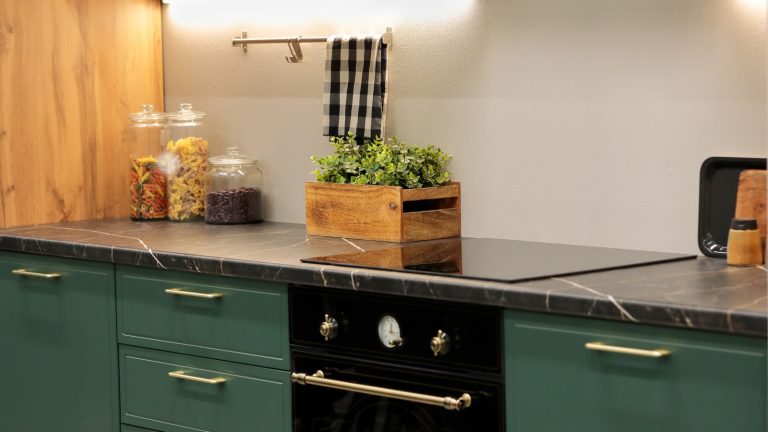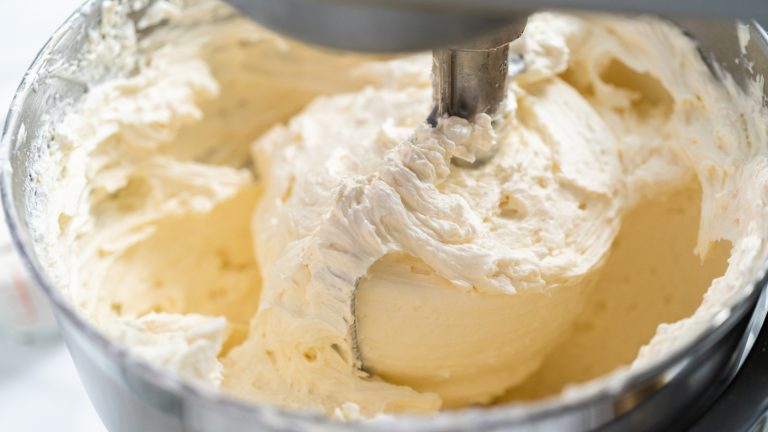Whether you’re making chewy, salty caramel candies, a lush caramel sauce, or any number of sweet caramel desserts, you’re likely triple-checking your caramel-making methods. Caramel is notoriously tricky, as we’re often reminded of by contestant meltdowns — pun intended — on “The Great British Bake Off.” On one hand, making it is incredibly simple when it comes to ingredients, but on the other hand, the process can quickly run awry with burnt sugar, crystallized sugar, under-cooked sugar, etc. When thinking about the best ways to make caramel at home, there are two options: wet and dry. We asked an expert to break these down and tell us which one promises a better chance of tasty results, stress-free.
“The dry method of caramelizing sugar — just sugar, no water — is quick and gives you deep, nutty caramel fast,” says Joy Wilson, baker, author, and blogger at Joy the Baker. “But it’s fussy and easy to burn. Do we stir, not stir? It’s so simple, but also very easy to mess up. The wet method — sugar plus water — is slower and more forgiving, especially for beginners. I find it’s great for controlling the process and reducing panic.” Using just sugar may be something to aspire to, since adding the sugar in layers subsequently creates layered sweetness and richness. But adding water gives you time to avoid some of the most common caramel-making mistakes, and you’ll still end up with a silky texture and a honey-, toffee-like sweetness.
Why is the wet method easier?
With the dry method, all you’ve got is the sugar itself — if it burns, game over and time to start again. With the wet method, your main concern is that the sugar may crystallize as the water is boiling off of it, and the crystals create gritty caramel. But if that happens, there’s no need to toss your efforts. Simply add more water to bring your caramel up a step. The browning of the sugar will also happen more slowly with water, which gives you time to watch carefully for crystallization and for when it’s been properly cooked. Stirring is the biggest mistake you can make when you’re aiming for smooth caramel without crystallization, so take things slow, steady, and agitation-free.
Wet caramel isn’t just for beginners, either. Wilson says she’s “team wet caramel, especially if I’m not in the mood to gamble. It’s also ideal for recipes that need a glossy, pourable finish.” That said, if Wilson is making candy, she’ll brave the dry method to end up with a firmer, more bite-ready texture. If you aspire to candy-making, you may want to practice key tips for creating next-level caramel and continue improving your dry-method skills. In the meantime, keep calm and caramel on with the easier-going wet process — from ice cream sundaes to brownies and cheesecakes, you’ll find plenty of delicious uses for caramel sauce.






